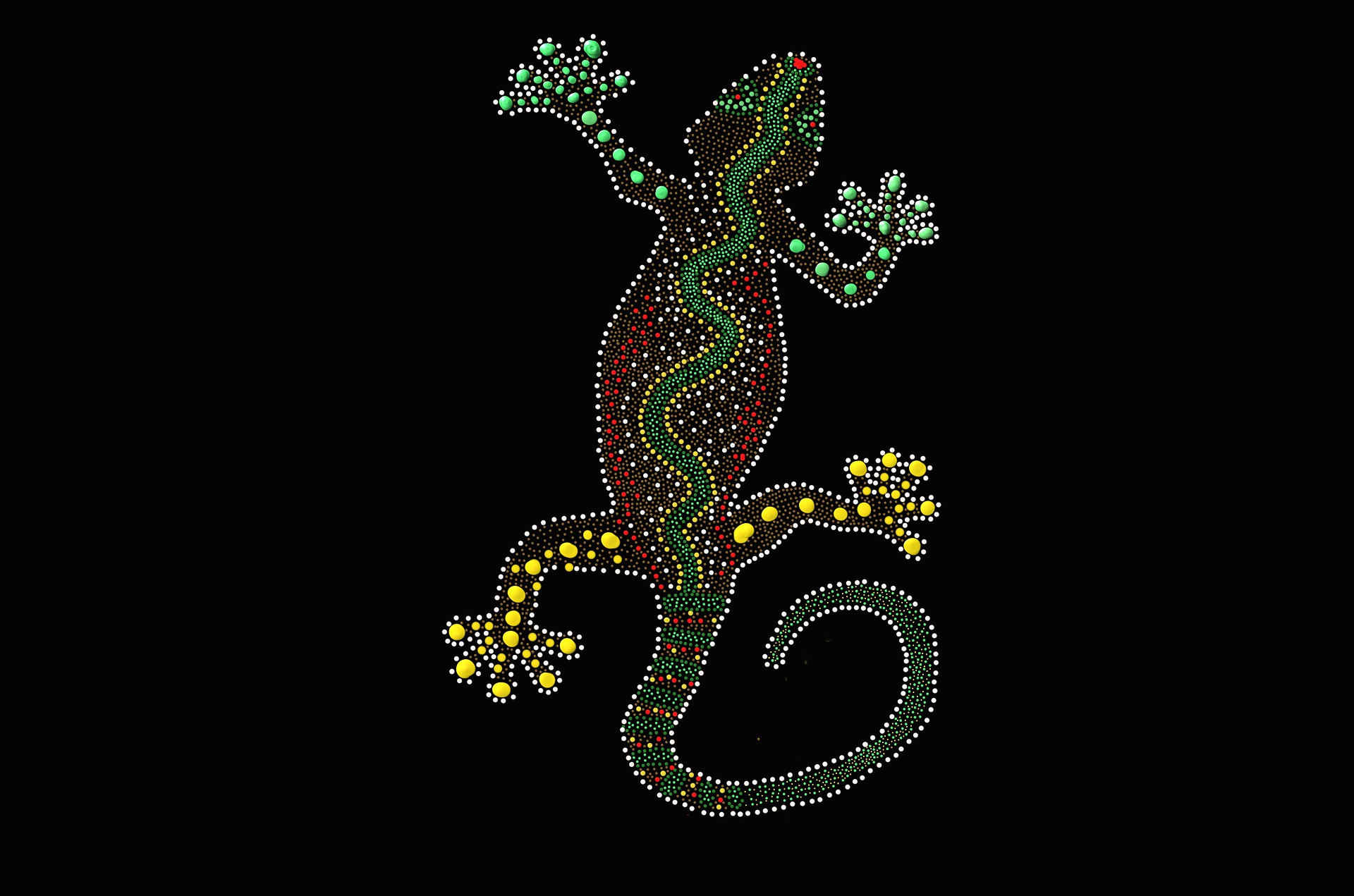Art is a powerful medium that can connect people across time and space. It’s a language that has no boundaries, and it speaks to everyone regardless of their background. In recent years, there has been a resurgence of interest in indigenous art, with more people discovering the beauty and stories encapsulated in these works. Today we’ll delve into the world of indigenous art, explore its impact on the world, and discuss how we can keep this rich tradition alive for future generations.
The history of indigenous art goes back thousands of years, with each culture having its unique style and symbolism. For example, the Inuit people of Canada have a long tradition of carving stone and ivory, creating intricate sculptures that depict animals, people, and spiritual beings. The Maori of New Zealand, on the other hand, have a strong connection to their identity and culture, with their art often telling stories of their ancestors and their relationship with the land. In Australia, the Aboriginal people have a long tradition of dot painting, which is a way of communicating stories and culture through intricate patterns and symbols.
Despite their deep roots, indigenous art was often overlooked and dismissed as primitive or backward. However, in recent years, there has been a growing appreciation for the beauty and significance of these artworks. Museums and galleries around the world are showcasing indigenous art, and more people are collecting and investing in these pieces.
The impact of indigenous art is not limited to just the art world. It has a broader impact on society, creating a sense of pride and connection to indigenous cultures. Indigenous art reflects the intimacy and relationship with the land and the environment, which is vital for environmental sustainability. The use of natural materials and traditional techniques in their art can also drive sustainable practices and reduce the impact of industrialization and modernization on the environment.
Indigenous art can also have a profound impact on tourism, attracting people from all over the world to experience and learn about different cultures. For example, visitors to the Uluru-Kata Tjuta National Park in Australia can see firsthand the beauty of the Aboriginal dot paintings and hear the stories and significance behind them.
We can keep this rich tradition of indigenous art alive by supporting and investing in indigenous artists and their communities. We can also educate ourselves and others about the history and significance behind the artworks. Museums and galleries can play a significant role in this by showcasing indigenous art and telling their stories. Furthermore, governments can provide funding and support for indigenous artists and their communities, creating sustainable jobs and opportunities.
The Renaissance of Indigenous Art is an exciting and positive development, creating a new appreciation for the beauty and significance of indigenous cultures and their art. By supporting and investing in indigenous artists and their communities, educating ourselves and others about their history and significance, and providing funding and support from the government, we can keep this rich tradition thriving for future generations to come. Let us continue to celebrate and cherish the beauty and stories of indigenous art.

